18. Satantango by Bela Tarr

One of the great pinnacles of cinema is of course the Hungarian master Bela Tarr’s 7 hour 30 minute, black & white film depicting a small town and its people. It has been mentioned about the film before that time seems to stand still in the village as the movie is split into 12 chapters, after the tango (6 steps forward, 6 steps back), to reveal each of the character’s limited perspectives. Events are seen multiple times through different eyes.
The form of Bela Tarr is based around filmmaking through editing in-camera vs cutting. This means a close-up will move into a wide-shot which will transform into a tracking-shot following someone, somewhere else. Tarr uses some of the longest takes known to filmmaking.
It is an absolutely necessary film to view yet as touched on before, it is one of the “slowest” films ever made. Tarr for instance expected the film to be 6 hours but ended up with a 7 1/2 cut as a result of holding shots longer than he ever had without cutting.
19. Crash by David Cronenberg

Potentially the best film of David Cronenberg, starring the subtle James Spader, this is not the Academy Award winning 2005 film by any stretch of the imagination.
It follows the TV director James Ballard after getting in a car crash. He soon discovers an underground group that sexually fetishizes car accidents and starts to understand their obsession. Difficult to watch in the sheer amount of sex scenes, Cronenberg really wants to push audiences buttons through inspecting the violence of sexuality, through its most primal renderings. A masterpiece of sexual obsession and Cronenberg body horror.
20. In Vanda’s Room by Pedro Costa
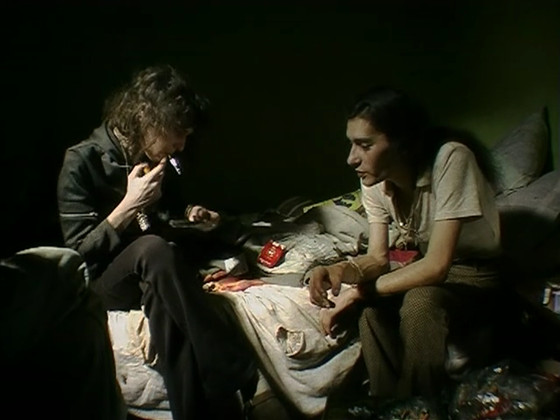
The most difficult of the Pedro Costa filmography to watch this film was shot on a cheap, Panasonic DV camera with a 4:3 aspect ratio. As the title describes, most of the film is interiors in the crumbling slum of Fontainhas, Portugal. The title “character” is Vanda who is a heroin addict, escaping the destruction of her community through remaining enclosed in her room.
It should be mentioned all the people in Costa’s films play themselves. He stages them and despite appearing to be an improvised film, In Vanda’s Room is scripted and Costa’s intense process of shooting works towards making films that retain a baffling complexity.
At nearly 3 hours long and overwhelmingly bleak, watching a bunch of people actually do heroin can be quite a challenging task. Yet the beauty of Costa’s cinema is in its search for answers to ontological, rooted problems in humanity as a whole.
21. Tie Xi Qu: West of the Tracks by Bing Wang

At over 9 hours long, Bing Wang’s debut film about the industrial decay of the Shenyang province is also intensely bleak. Wang’s style of documentary has often been described as “fly on the wall” in that he rarely impresses himself on what is seen asides from moving his camera position, or through how he cuts all his material together. This is all the more impressive when “scenes” arise out of the murk of factory workers losing their jobs, scenes of love and humanity.
Although the second part of this film titled Remnants takes a look at the town (similar to Fontainhas in Costa’s films) where the factory workers live, get little education, then reside after their impending firings, a basic beauty does arise. The people are joyful and as mentioned above create “scenes” despite Wang’s lingering camera, moments in which love letters are passed from one person to another or dinners are had to celebrate holidays.
At times the people tell their impression on the world directly to Wang and his camera and reveal all the more tragically how aware they are of their own decaying environment and existence. This film is for those that want to be confronted by the systemic entrapment of societies, not just of China.
22. Evolution of a Filipino Family by Lav Diaz
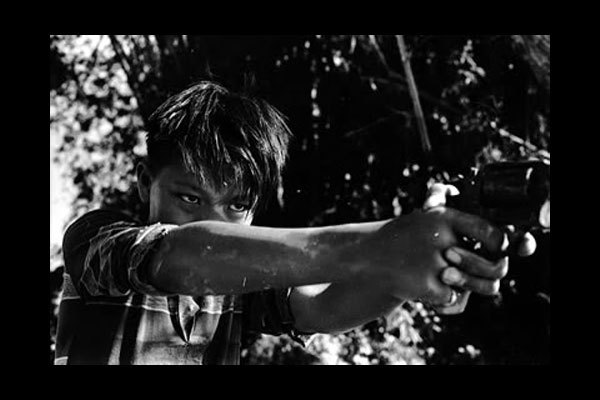
To call Lav Diaz’ 10 hour 25 minute film ambitious is an understatement. The film took over a decade to complete and is a deeply insightful look at the Philippines during the period of time in which Martial Law was declared by Marcos, a period around 20 years long. Like many of Diaz’ films it follows multiple characters and only after hours of watching do narrative threads begin to emerge, as evolutions within familial structures occur.
Stylistically the film is totally distinct and features Diaz’ signature black & white photography which retains an uncanny depth. Characters often walk from a far away distance in the frame to brush past the camera, demonstrating the relativity of their positioning in one spot vs another.
The genius of Diaz therefore stems from his absolute liberation of cinema as a form. His films are not dictating by length but by the space covered, so, Diaz claims he never knows the length his long films will take. They end when the characters have traversed the distances they must within their lives.
23. Heremias (Book One the Legend of the Lizard Princess) by Lav Diaz
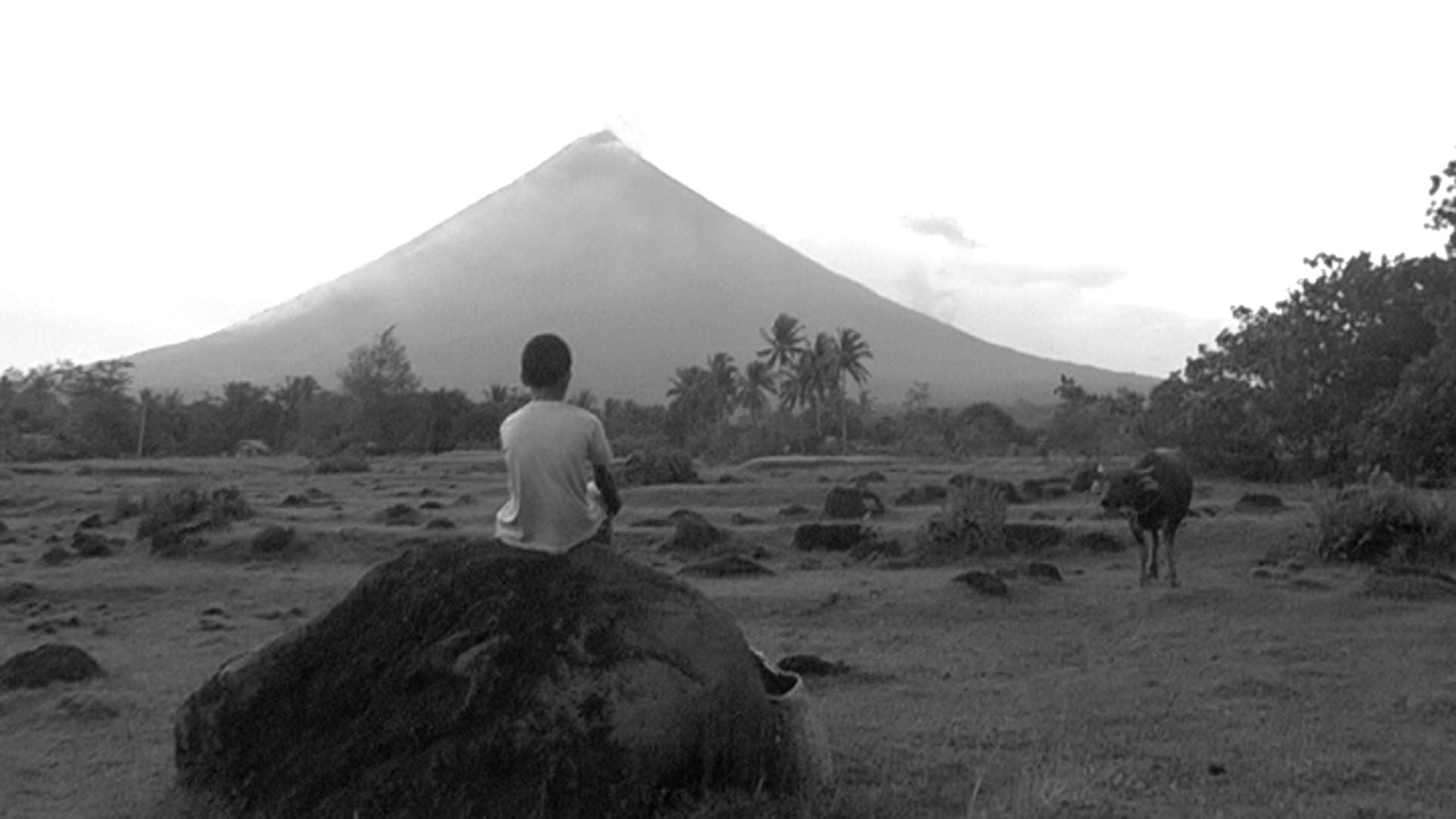
Another brutal Diaz film, this one is singular in its focus on one character named Heremias as he goes off on his own, away from his friends that sell products out of oxen-drawn carts. At 8 hours 30 minutes this film must have one of the longest average shot lengths in the history of cinema. There is an hour shot deep into the film that involves Heremias watching a bunch of degenerate teenagers get high and plot the rape and murder of a local girl, after all.
Deeply, distressingly contemplative the film can be described as one of Diaz’ simplest and it is exactly in this bare simplicity that the movie is a tough watch. And, as mentioned above, other Diaz films cut between a multitude of characters so the limitation of following one character here constricts and traps a viewer even more.
24. Hard to Be a God by Aleksey German
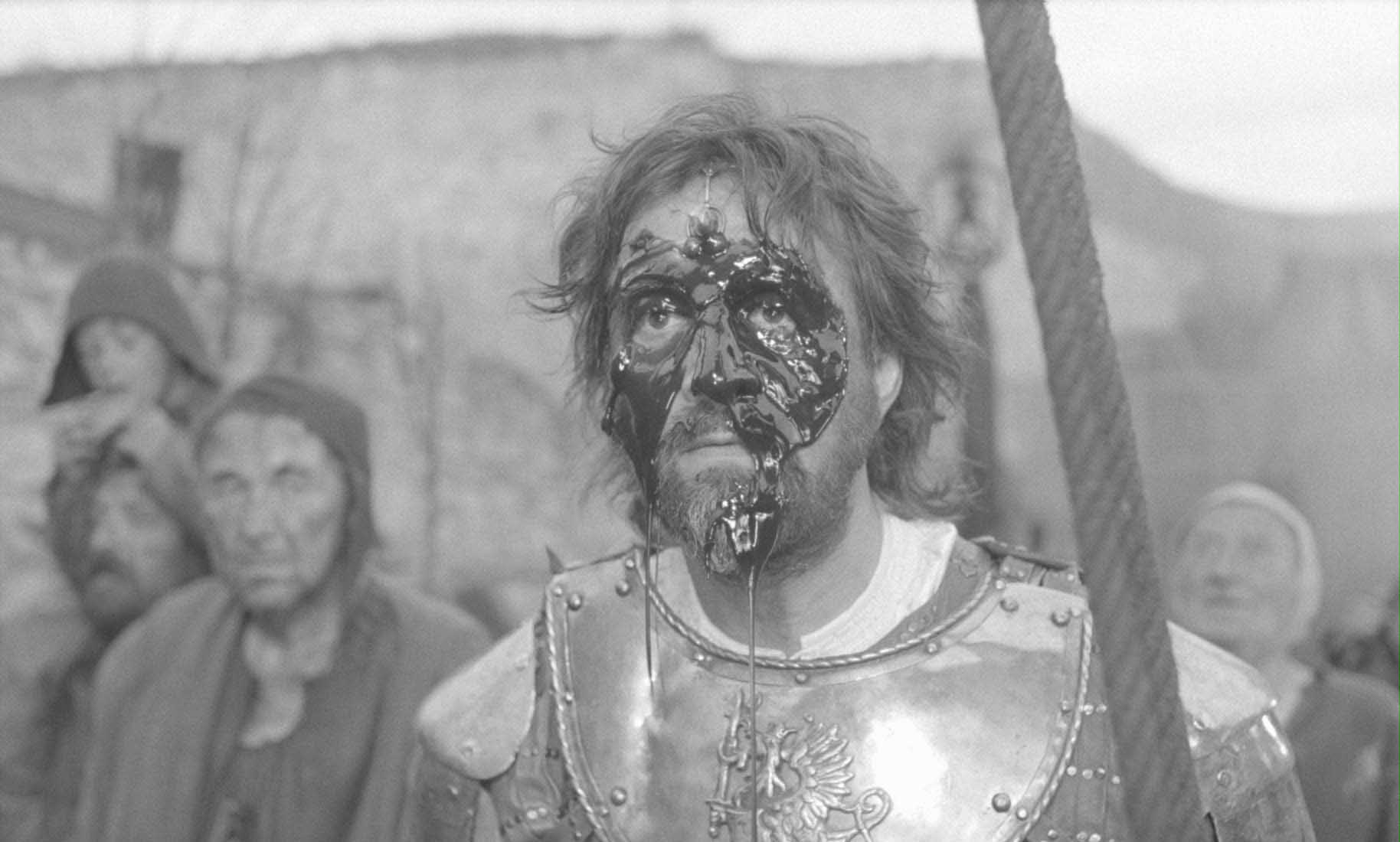
The last film of Aleksey German’s career in which he allegedly pledged to “push the form as far as it would go” can hold true to this pledge. At about 3 hours long, the film is set on an alien planet that exists in a dark ages in which the local people are seemingly heading in an opposite direction of the Renaissance: a Holocaust of the intelligence and artistic community has begun.
The film is shot in black & white and follows Don Rumata, a human scientist that landed on the planet long ago and rules as a God. He trudges his way through this filthy, spatial nightmare that often includes characters looking directly into the lens or simply walking very near the camera to break up a static sense of composition and a comfortable idea of space.
One of the premiere examples of a film being “unwatchable” as an artistic pursuit, German’s film is totally about the horror of being a human being, of its bare beauty.
25. The Story of My Death by Albert Serra
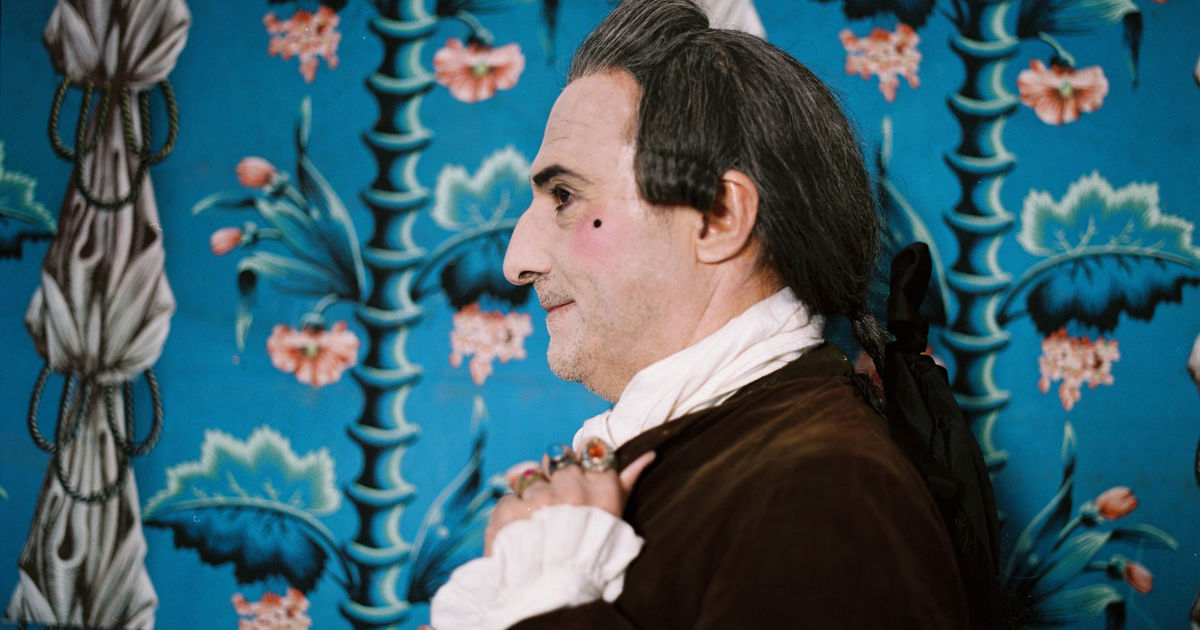
Made by one of the best filmmakers working today, Albert Serra’s film is aching with beauty. It follows the legendary characters Casanova and Dracula but differs drastically from their known, mythic stories. Serra often uses famous characters because audiences already know them so well, allowing him to alter their stories into his own vision using backstory that is culturally infused in audiences.
Serra’s method of making films is totally unique and involves shooting hundreds of hours of material with up to three camera filming given scenes, in order to capture the purest moments in which he can manipulate his finished film into something organic.
This film represents a tough task in interpretation as Serra is against the “academic approach” of artistic filmmakers and draws heavy inspiration from artists like Andy Warhol or Luis Bunuel. So, he is attracted to putting scenes in his movies that defy easy understanding.
Author Bio: Zach Crosswait is a filmmaker operating out of Chicago. He is currently studying cinema at Columbia College of Chicago, he regularly posts work on YouTube.